At first, the Greek astronomer Ptolemy considered the Constellation Coma Berenices to be an asterism in the constellation Leo, representing the tuft at the end of the lion’s tail. Then, in the 16th century, Danish astronomer Tycho Brahe promoted Coma Berenices to a constellation in its own right and included the constellation in his star catalogue of 1602. However, before that in 1536, it appeared on a celestial globe by Caspar Vopel.
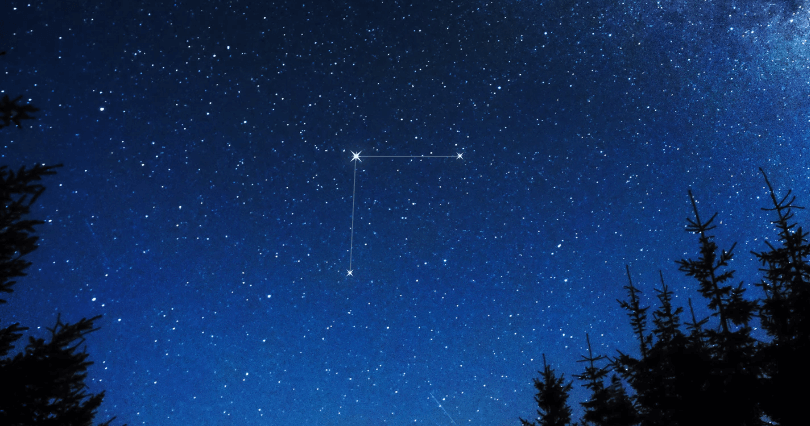
Coma Berenices contains one formally named star. Approved by International Astronomical Union (IAU), the star’s name is Diadem (Alpha Comae Berenices A). The brightest star in the constellation is Beta Comae Berenices and there are two stars with known planets. While the constellation of Coma Berenices is not a large constellation, it contains many interesting deep sky objects.
There are eight Messier objects: M53, M64, M85, M88, M91, M98, M99 and M100. Coma Berenices is also home to the Needle Galaxy, the Coma Cluster of galaxies and the northern part of the Virgo cluster of galaxies. There is one meteor shower associated with the constellation — the Coma Berenicids.
History and Mythology Of The Coma Berenices Constellation
Coma Berenices was first recognized as an asterism in the constellation Leo by the astronomer Ptolemy. In the 16th century, the asterism was promoted to a constellation and was included in Tycho Brahe’s star catalogue. Brahe originally recorded fourteen stars in the constellation.
The constellation gets its name thanks to its association with the story of a historical figure, Queen Berenice II of Egypt. Berenice was married to Ptolemy III Euergetes, who went on a dangerous mission against the Seleucids. She was worried for his safety and swore to Aphrodite that she would cut off her beautiful long, blonde hair if the goddess brought Ptolemy back home safely.
When he did return safely, she kept her word and cut off her hair and placed it in Aphrodite’s temple. However, the hair disappeared the next day and this made the king furious. To appease him, the court astronomer, Conon, said that Aphrodite was so pleased with Berenice’s offering that she had placed it in the sky, pointing to the group of stars that have since been known as Berenice’s Hair.
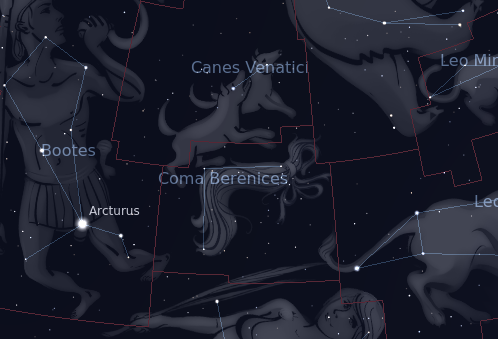
Location Of The Coma Berenices Constellation
Coma Berenices is the 42nd largest constellation out of the 88 modern constellations in the night sky and occupies an area of 386 square degrees. It lies in the third quadrant of the northern hemisphere (NQ3) and can be seen at latitudes between +90° and -70°.
Its right ascension is 11h 58m 25.0885s–13h 36m 06.9433s and its declination is 33.3074303°–13.3040485°. It is best seen at 9pm during the month of May.
The neighboring constellations of Coma Berenices are Boötes, Canes Venatici, Leo, Ursa Major, and Virgo. The constellation also belongs to the Ursa Major family of constellations, along with Boötes, Camelopardalis, Canes Venatici, Corona Borealis, Draco, Leo Minor, Lynx, Ursa Major and Ursa Minor.
Notable Stars
Coma Berenices constellation is not a very large constellation and therefore there are not many notable stars.
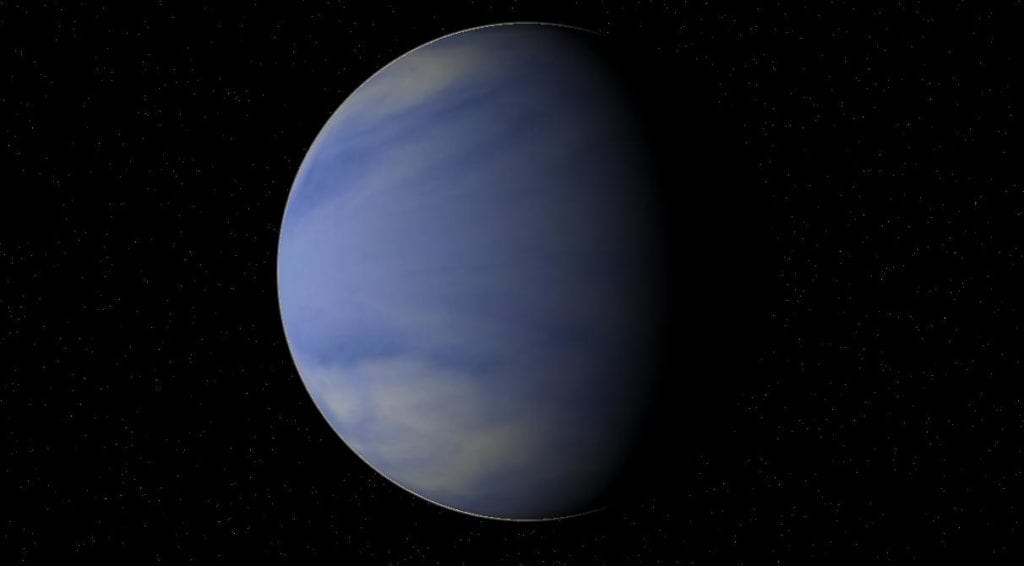
Beta Comae Berenices
Beta Comae Berenices is the brightest star in the Coma Berenices constellation, even though it has been designated the beta star. It is a main sequence dwarf star with an apparent magnitude of 4.26. It is located 29.78 light years distant from the Solar System.
The star is actually very similar to the Sun, only slightly larger and brighter.
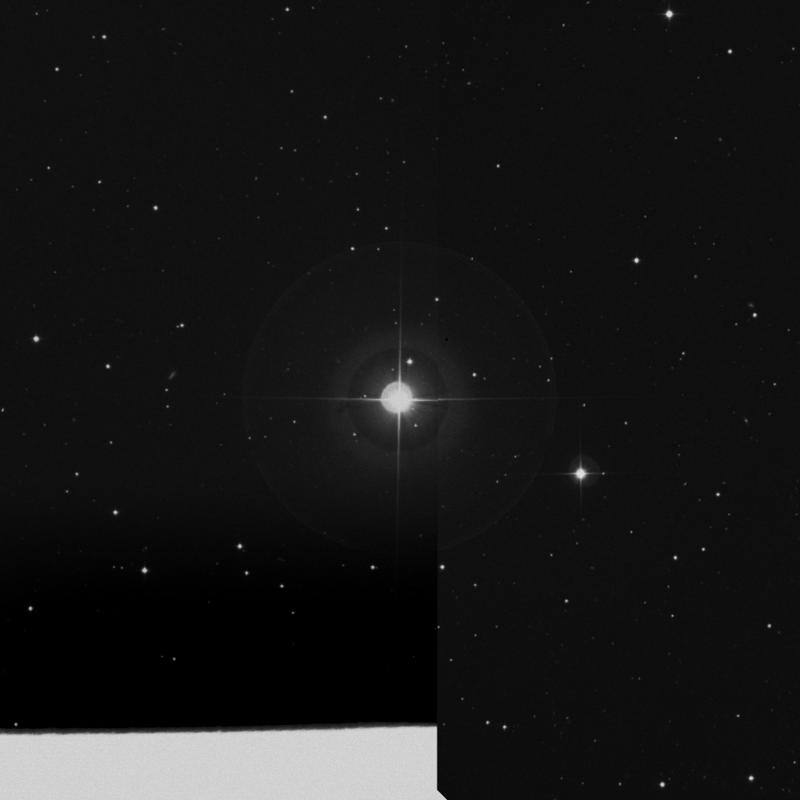
Diadem
Diadem, also known as Alpha Comae Berenices, is the second brightest star in Coma Berenices and has an apparent magnitude of 4.32. It is a binary star composed of two stars belonging to the spectral class F5V, with magnitudes of 5.05 and 5.08. The two stars appear nearly edge-on, as if they were moving back and forth in a straight line and are separated by only 0.7 arc seconds.
Diadem is 63 light years away from us. It represents the gem in Queen Berenice’s crown and its name is derived from the Greek διάδημα (diádēma), which means “band” or “fillet”. It is also sometimes known as its other traditional name, Al Zafirah, from the Arabic word for “the braid”.
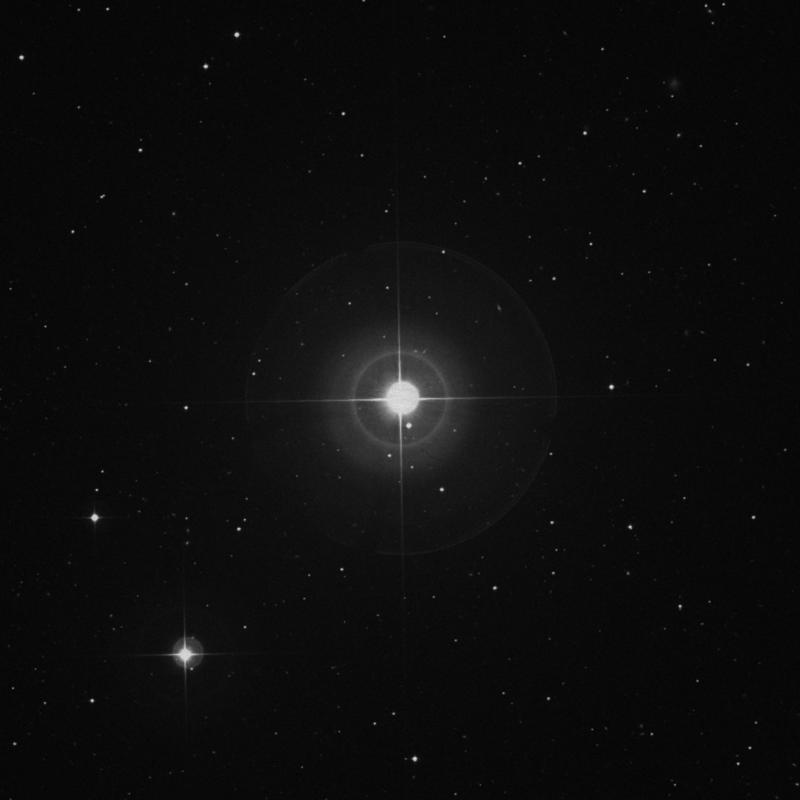
Gamma Comae Berenices
Gamma Comae Berenices is a giant star belonging to the spectral class K1II that has an apparent magnitude of 4.350. It is located approximately 170 light years away from us.
FK Comae Berenices
FK Comae Berenices is a variable star that belongs to the spectral class G5II. Its apparent magnitude varies between 8.14 and 8.33 over a period of 2.4 days and it is located around 800 light years from Earth.
FK Comae Berenices serves as the prototype for an entire class of variable stars — the FK Com class. These stars are believed to be variable as a result of having large cold spots on their rotating surfaces.
Deep Sky Objects
There are a number of interesting deep sky objects in Coma Berenices, including Messier objects and galaxies.
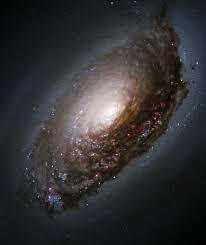
The Black Eye Galaxy
The Black Eye Galaxy, also known as Messier 64, M64 or NGC 4826, is a spiral galaxy with an apparent magnitude of 9.36. It was independently discovered by Edward Pigott and Johann Elert Bode in 1779, and then by Charles Messier, who included the galaxy in his catalogue in 1780.
Also sometimes called the Sleeping Beauty Galaxy or Evil Eye Galaxy, it lies approximately 24 million light years from Earth and is one degree east-northeast of the star 35 Comae Berenices.
The Black Eye Galaxy can be easily observed in small telescopes thanks to its bright nucleus and a dark band of dust in front of it. It is unusual in the fact that the gas in its outer regions rotates in the opposite direction from the stars and gas in its inner regions. Its inner region spans only 3,000 light years in radius, while the outer parts extend to another 40,000 light years.
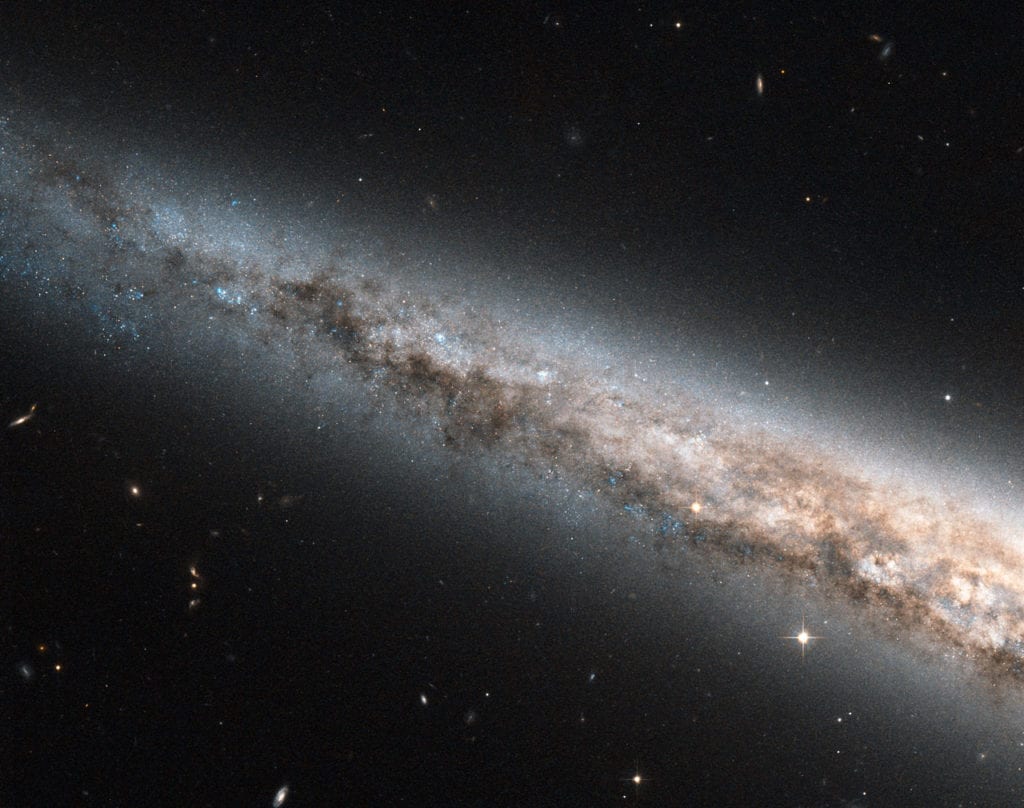
The Needle Galaxy
The Needle Galaxy, also known as NGC 4565, is an edge-on spiral galaxy and one of the most famous in the sky. It has an apparent magnitude of 10.42 and can be seen in a small telescope. It was first discovered by Sir William Herschel in 1785 and lies exactly above the North Galactic Pole, a degree east of the star 17 Comae.
The Needle Galaxy is around 42.7 million light years away from us. It displays a bright yellowish central bulge that has led astronomers to believe that it is a barred spiral galaxy.
Coma Star Cluster
The Coma Star Cluster, also known as Melotte 111, is a small star cluster that contains around 40 bright stars that all have magnitudes between 5 and 10. They also all share a common proper motion. The cluster is visible to the naked eye and is visible as a faint fuzzy patch between the constellations Leo and Virgo.
The cluster spans 7.5 degrees in the sky and is located around 280 light years from Earth. It was first catalogued by P.J. Melotte and is believed to be around 450 million years old.
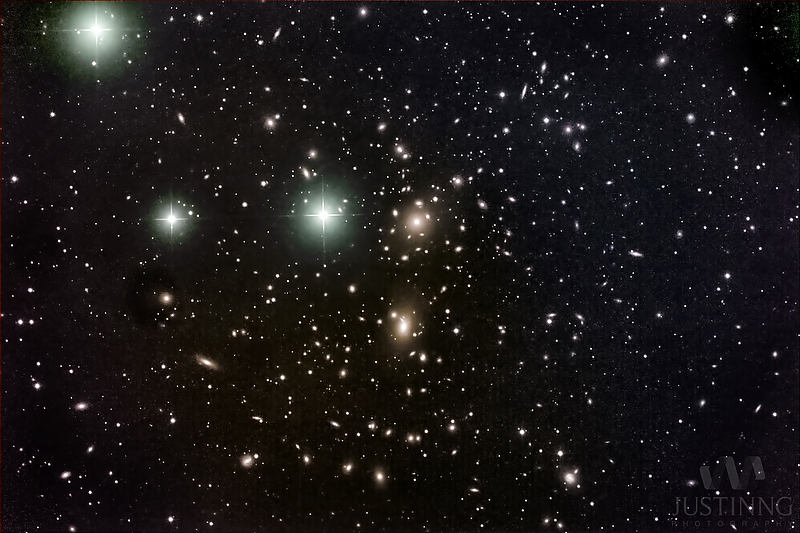
Coma Cluster of Galaxies
The Coma Cluster of galaxies contains about 1,000 large galaxies and 30,000 smaller ones, making it one of the densest collections of galaxies in the nearby universe. It lies north of the Virgo Cluster but is very remote, around 230 and 300 million light years from the Solar System.
Many of the galaxies in the Coma Cluster are brighter than 19.0, with the brightest galaxies in the group being of thirteenth magnitude. The cluster is home to NGC 4889 and NGC 4874, as well as NGC 4921, which is one of the few spirals in the group and the brightest spiral galaxy in the cluster.
Galaxies in this cluster are so densely packed that they undergo frequent interactions and collisions. When galaxies of nearly equal masses merge, they form elliptical galaxies.
NGC 4889
NGC 4889, also known as Caldwell 35, is a supergiant elliptical galaxy located in the Coma Cluster. It has an apparent magnitude of 11.4 and is approximately 308 million light years away from us. It is known to have formed a bridge connecting it to NGC 4874, which it interacts with.
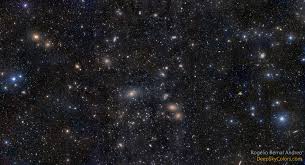
Virgo Cluster of Galaxies
The northern part of the Virgo Cluster of galaxies is located in the constellation of Coma Berenices. This cluster is also sometimes called the Coma-Virgo Cluster.
Located around 60 million light years away from Earth, there are some Messier objects in this group, including Messier 100, Messier 85, Messier 99, Messier 88 and Messier 91.
Messier 100
Messier 100, also known as M100 or NGC 4321, is a grand design spiral galaxy that is located in Coma Berenices and the northern part of the the Virgo Cluster of galaxies. It is one of the brightest members of the Virgo Cluster, with an apparent magnitude of 10.1.
This galaxy is located around 55 million light years away from us and is about 160,000 light years in diameter. It has a brilliant core, two main spiral arms and a number of less prominent ones, as well as a few dust lanes. It is similar in appearance to our own Milky Way. Five supernovae have been observed in the galaxy, too.
First discovered by Pierre Méchain on March 15, 1781, it was one of the first spiral galaxies ever discovered.
Messier 100 also contains a satellite galaxy, NGC 4323. It has an apparent magnitude of 15.7 and is about 52.5 million light years distant.
Messier 85
Messier 85, also known as M85 or NGC 4382 is a lenticular galaxy in Coma Berenices and the northern part of the the Virgo Cluster of galaxies. It is the northernmost member of the Virgo Cluster and is one of the most distant Messier object in Coma Berenices. It has an apparent magnitude of 10.0.
Nessier 85 is located around 60 million light years away from us is about 125,000 light years in diameter. First discovered in 1781 by Pierre Méchain, a supernova was discovered in M85 in December 1960.
The Messier 85 object is interacting with two smaller neighbours — the spiral galaxy 4394 and elliptical galaxy MCG 3-32-38.
Messier 99
Messier 99, also known as M99 or NGC 4254 is an unbarred spiral galaxy in Coma Berenices and the northern part of the the Virgo Cluster of galaxies. It has an apparent magnitude of 10.4 and is located around 50.2 million light years away from us. It was first discovered in 1781 by Pierre Méchain.
Three supernovae have been observed in M99. It is also thought to be inked by a bridge of neutral hydrogen gas to a nearby possible dark galaxy VIRGOHI21, which may have distorted the Messier object.
Messier 88
Messier 88, also known as M88 or NGC 4501, is a spiral galaxy in Coma Berenices and the northern part of the the Virgo Cluster of galaxies. It is classified as a type 2 Seyfert galaxy. This means it produces narrow spectral line emissions from highly ionized gas in its nucleus. This galaxy also has multiple spiral arms and a supermassive black hole in its center. The mass of the black hole is 80 million times that of the Sun.
It has an apparent magnitude of 10.4 and is located around 47 million light years distant. It was discovered by Charles Messier in Coma Berenices in 1781. In 1999, a supernova was observed in the galaxy.
Messier 91
Messier 91, also known as M91 or NGC 4548, is a barred spiral galaxy in Coma Berenices and the northern part of the the Virgo Cluster of galaxies. It has an apparent magnitude of 11.0 and is approximately 63 million light years away from us. It was first discovered by Charles Messier in 1781.
Messier 53
Messier 53, also known as M53 or NGC 5024, is a globular cluster that is round in shape and has a very bright center. It has an apparent magnitude of 8.33 and located approximately 58,000 light years from Earth. It is also 60,000 light years from the Galactic Centre. This is the brightest Messier object in the Coma Berenices constellation.
Messier 53 was first discovered by Johann Elert Bode in 1775 and then independently by Charles Messier two years later. It can be seen with binoculars and is one of the more distant globular clusters known.
The stars in the cluster are mostly metal-poor.
Messier 98
Messier 98, also known as M98 or NGC 4192, is an intermediate, elongated spiral galaxy that appears almost edge-on. It has a small core and large, faint spiral arms. It was first observed by Pierre Méchain in 1781 and then catalogued by Charles Messier the same year.
Messier 98 is located around 54.1 million light years from Earth and half a degree west of the star 6 Comae. It is also one and a half degrees west-northwest of Messier 99. It has an apparent magnitude of 11.0.
NGC 4147
NGC 4147 is a small and faint globular cluster with an apparent magnitude of 10.2. In small telescopes it appears very faint, but in larger telescopes it is brighter and round in shape.
Extra Facts
- Before the 18th century Coma Berenices was known in English by several names, including “Berenice’s Bush” and “Berenice’s periwig”.
- Coma Berenices is the only modern constellation named after a historic figure.
- The three-letter abbreviation for the constellation, adopted by the International Astronomical Union in 1922, is “Com”.
- Coma Berenices was known to the Akkadians as Ḫegala.
- In Arabic astronomy, Coma Berenices was known as Al-Dafira and Al-Hulba and forms the tuft of the constellation Leo.
- The meteor shower in Coma Berenices — Coma Berenicids — has one of the fastest meteor speeds. Up to 65 kilometres per second.
- Some gamma-ray bursts occurred in Coma Berenices. Most notably GRB 050509B on 9 May 2005 and GRB 080607 on 7 June 2008.
Images:
- Some Images created with the NightVision app – https://www.nvastro.com/nvj.html
- Some Images created with the Stelvision Sky Map https://www.stelvision.com/en/sky-map/
- Coma Berenices 1 – https://starregistration.
net/constellations/coma- berenices-constellation.html - Coma Berenices 2 – https://in-the-sky.org/data/
constellation.php?id=26 - Beta Comae Berenices – https://www.orionsarm.com/
eg-article/501568274a6f9 - Diadem – https://theskylive.
com/sky/stars/diadem-alpha- comae-berenices-star - Gamma Comae Berenices – https://theskylive.com/sky/
stars/gamma-comae-berenices- star - The Black Eye Galaxy – https://www.nasa.gov/
feature/goddard/2017/messier- 64-the-black-eye-galaxy/ - The Needle Galaxy – https://www.nasa.gov/
mission_pages/hubble/science/ needle-edge.html - Coma Cluster of Galaxies – https://earthsky.org/
clusters-nebulae-galaxies/the- coma-berenices-galaxy-cluster - Virgo Cluster of Galaxies – https://apod.nasa.gov/apod/
ap150804.html